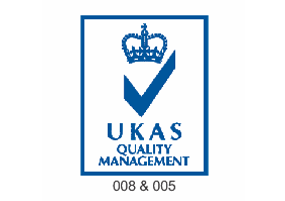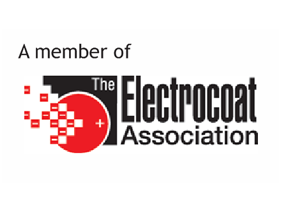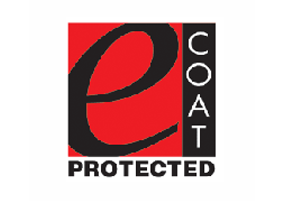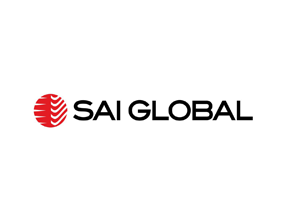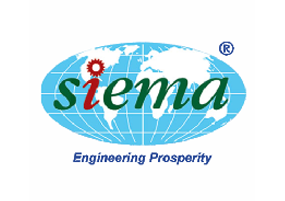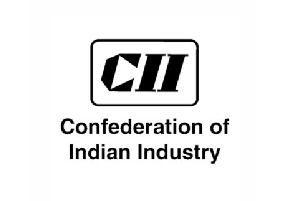JJ Coatings provides Industrial Parts Cleaning Center first of its kind in Coimbatore. Parts cleaning are only one of the critical steps in today's manufacturing processes, whether it is to reach the level of cleanliness required for subsequent processes or high quality and functionality of the parts to be cleaned. Our cleaning tasks are divided into single piece cleaning and batch cleaning with innovative standardized and individually customized cleaning systems. JJ Coating's offers the perfect solution for virtually all types of cleaning tasks; be it for parts made of any type of metal.
Abrasive blasting, more commonly known as sandblasting, is the operation of forcibly propelling a stream of abrasive material against a surface under high pressure to smooth a rough surface, roughen a smooth surface, shape a surface or remove surface contaminants. A pressurized fluid, typically compressed air, or a centrifugal wheel is used to propel the blasting material.
There are several variants of the process, using various media; some are highly abrasive, whereas others are milder. The most abrasive are shot blasting (with metal shot) and sandblasting (with sand). Moderately abrasive variants include glass bead blasting (with glass beads) and plastic media blasting (PMB) with ground-up plastic stock or walnut shells and corncobs.
Grit blasting is a process by which abrasive particles are made to impinge on a component to clean or modify its surface properties. Particles range from sands to silicon carbide, alumina or emery particles, depending on the application. Methods of propelling the particles also vary and include entrainment in compressed air, liquid (water) or vapor streams, and mechanical projection methods.
Grit blasting is used to remove sand and scale in the fettling of castings, and for dressing of stampings and billets, etc. It is often used to prepare surfaces before welding (removal of scale, rust or paint), and afterwards to improve the adhesion of coatings (e.g. paint, or galvanizing).
Shot blasting is a technological process of removing various impurities from different surfaces by using abrasive. It is used for a surface protection and also prior-preparation of surfaces prior to further processing, such as welding, coloring, etc. The final result of cleaned surface depends on a several factors: mass of the abrasive particle, particle velocity, the impact angle of the particle, the particle shape, density and coverage of the strokes.
There are two technologies used in Shot Blasting:
The difference between shot blasting and sand blasting is that in the shot blasting process we use throwing wheel (abrasive gets acceleration through the throwing wheel, which is rapidly turning in a special steel housing, with one side oriented opening) and in sand blasting process compressed air is used (abrasive is dosed into the stream of compressed air and gets a real acceleration in the outflow from the blasting nozzle. Sand blasting is used in the blast rooms and blast cabinets)
It is used in different industries viz, automotive industry, metal-manufacturing industry, foundry, aviation industry, ship building, production of various welded structures.
Ultrasonic Cleaning is more thorough than traditional cleaning methods enabling to improve cleaning quality and productivity. We can clean multiple parts simultaneously. It is the perfect choice in restoring delicate items which may otherwise be damaged by traditional cleaning methods. Ultrasonic cleaning can do the job faster without creating damage on substrate surfaces. It removes the foreign material from surfaces more effectively than using harsh chemicals or scouring with abrasives. It is a nondestructive technique, its best suited and utilized for most of the industrial and commercial cleaning applications.
Vapor blasting, also known as wet blasting or liquid honing, is rapidly becoming the number one choice for applications requiring the highest quality of surface finish. The key to vapor blasting is that the finish is produced through flow of water borne abrasive, giving a finer finish due to the flushing action of the water. No media is impregnated into the component, nor is there any dust created by the break-up of media, unlike dry blasting where the finish is produced by sheer force of media impact.
It's a dust free process, cleans by the flow of water (water acts as a lubricant between media and component) and not by impact. It produces a softer finish and promotes longer media life.

